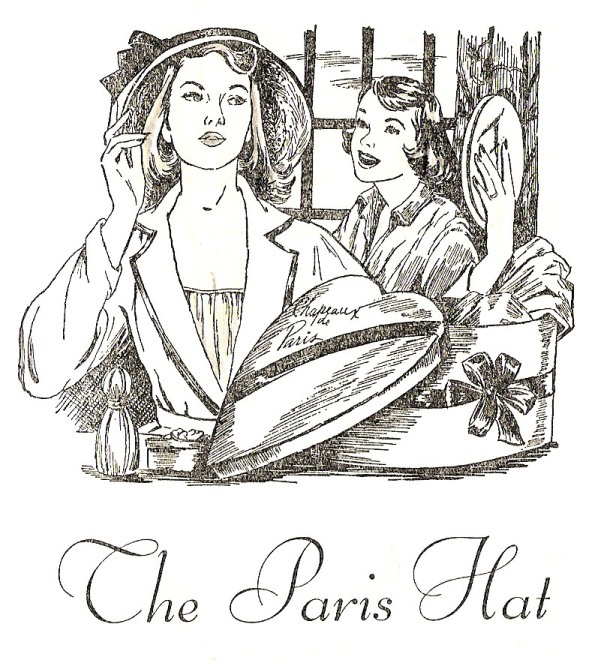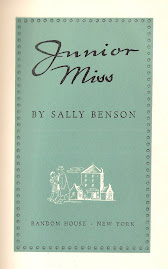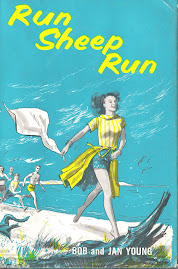 Title: Run, Sheep, Run
Title: Run, Sheep, RunAuthors: Bob and Jan Young
Jacket illustration: Jon Nielsen
Publisher: Julian Messner, 1959
Setting: The coast of California
Fun: hoodlums on motorcycles; paying for college by selling smoked fish; up close and personal with sea anemones
Quote: Sue had warned the idea would be startling, but Judy was hardly prepared for that murmur of surprised voices. "A party?" Derek looked flabbergasted, "But the Science Society never has parties."
Quote: Sue had warned the idea would be startling, but Judy was hardly prepared for that murmur of surprised voices. "A party?" Derek looked flabbergasted, "But the Science Society never has parties."
The Youngs often picked important topics for their books -- political corruption in One Small Voice, prejudice against Hispanics in Across the Tracks. Run, Sheep, Run's topic is the social prison that is high school, or, how "society's demands for conformity often crushes the individual's courage."
Judy Cannon starts out as a member of a crowd of young people who hang out on the beach all summer and who consider anyone who gets good grades an "apple-polisher" and teacher's pet. Judy's first error is taking biology and liking it. Then, in a mild setback to her social life, her mother gets sick (the doctor doesn't say exactly what she has, but it has something to do with her working in an underground bank vault all day) and the family moves to a house on an isolated point, the better for sea air and sun. Judy becomes fascinated by tide pools, helps out with her family bait business and, the final straw for her friends, joins the Science Club.
It turns out, however, that the Science Club members are just as set in their ways as her former friends. Tall, blond Derek, who had seemed so friendly on that field trip to the marine biology lab, now tells Judy, "the student who is seriously interested in science hasn't time for other interests." Hmm. Were this a B-movie, Derek would end up rescuing Judy from a Giant Crab Monster and would indeed discover that he has other interests. Instead, Derek skulks off, aloof scientist to the end, and Judy's old crowd gradually comes back into the picture. They've grown, too, and they kind of admire Judy's independence.
Is it a little odd to write about social conformity by setting a novel amid bait shacks and marine biology labs? Yes, but it's the kind of thing the Youngs were good at. There's something grandly optimistic about Run, Sheep,Run, and like One Small Voice, it belongs very much to its time. I sometimes wonder if along about 1970 or so the Youngs weren't wishing they could put the non-conformity genie back in the bottle.
It turns out, however, that the Science Club members are just as set in their ways as her former friends. Tall, blond Derek, who had seemed so friendly on that field trip to the marine biology lab, now tells Judy, "the student who is seriously interested in science hasn't time for other interests." Hmm. Were this a B-movie, Derek would end up rescuing Judy from a Giant Crab Monster and would indeed discover that he has other interests. Instead, Derek skulks off, aloof scientist to the end, and Judy's old crowd gradually comes back into the picture. They've grown, too, and they kind of admire Judy's independence.
Is it a little odd to write about social conformity by setting a novel amid bait shacks and marine biology labs? Yes, but it's the kind of thing the Youngs were good at. There's something grandly optimistic about Run, Sheep,Run, and like One Small Voice, it belongs very much to its time. I sometimes wonder if along about 1970 or so the Youngs weren't wishing they could put the non-conformity genie back in the bottle.












